As South Africa and the rest of the world edges towards 2030 there are two significant milestones that loom large. Globally all UN members have committed to the realisation of the Sustainable Development Goals (SDGs). To this end there is wide consensus of the importance of access to broadband internet and the adoption of associated ICTs to enhance and catalyse achievement of many goals. In parallel to this, in 2012, South Africa set out on a pathway to eliminate poverty and reduce inequality by 2030, as documented in its National Development Plan. This plan too, recognises the central role of telecommunications and sets out a bold vision which we may not quite achieve. The reality of the digital divide is still stark, and progress towards the 2030 NDP vision is questionable. While 59.2% of rural households are able to access the internet via a mobile phone (as compared to 73% of urban households) there is a huge affordability problem.
A number of role-players nationally have raised hopes for the future, especially in relation to the provisions in the ECA-bill (2023) for Community Networks. This is a significant policy milestone in favour of the digitally marginalised in South Africa. However, what is the potential of such a model? In this presentation we present a case-study of Zenzeleni Networks, to demonstrate what the operational realities are to implement and sustain such a network in a typical South African rural community.
